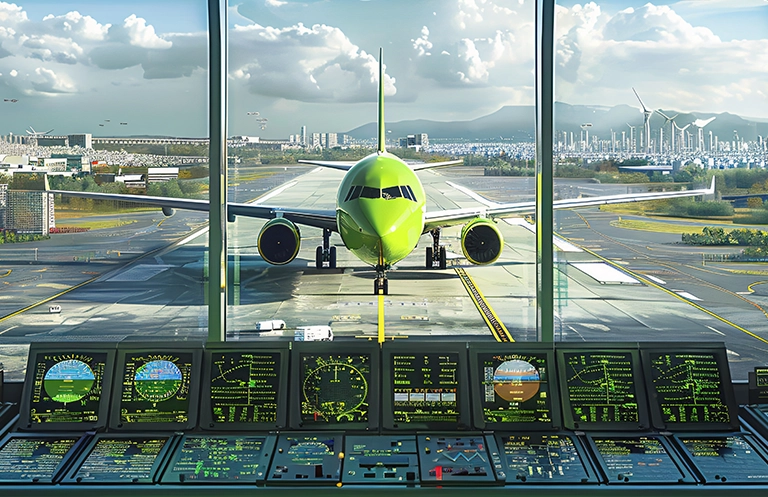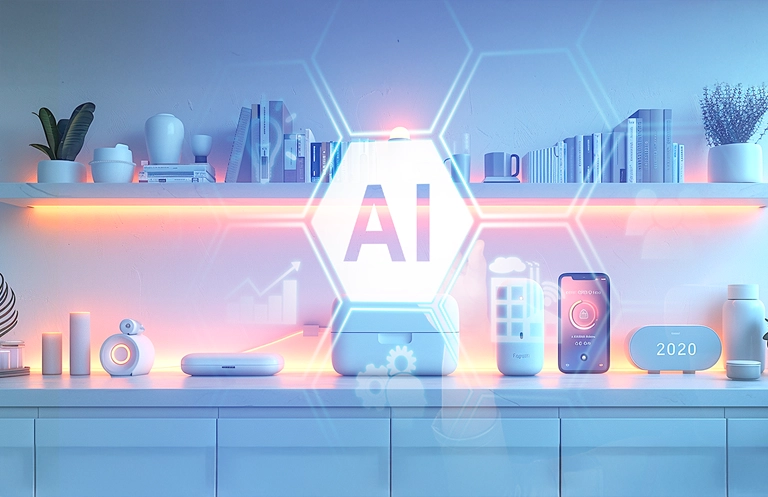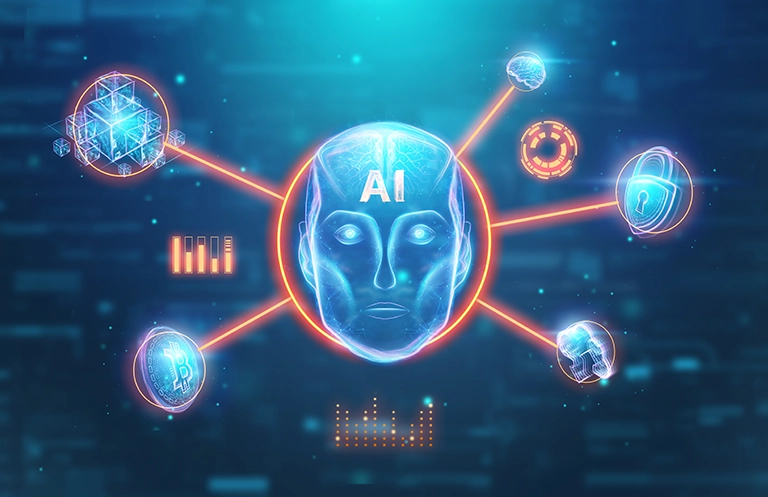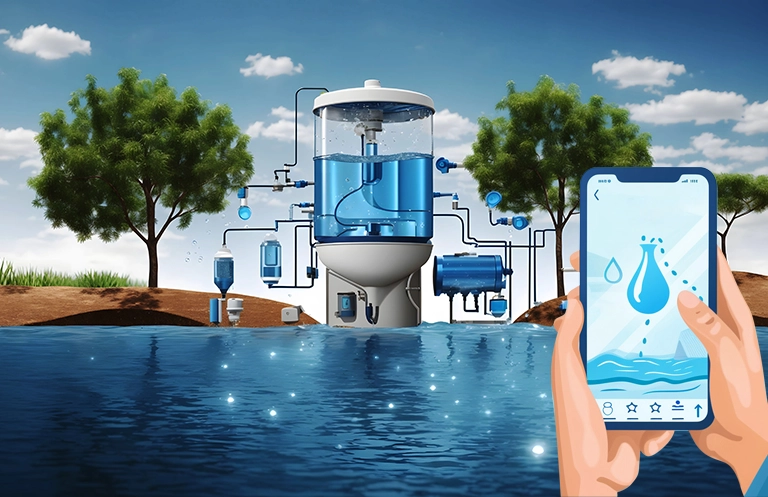Over the years, the whole manufacturing industry has been driven by four disruptions: the usage of mechanization as well as water and steam-powered machines (Industry 1.0), the increase in the usage of assembly lines and electricity for mass production (Industry 2.0), the adoption of computers, software devices and automation technologies for executing processes (Industry 3.0); and now the emergence of cyber-physical system that is controlled by computer-based algorithms, analytics, connectivity and business-intelligence capabilities (Industry 4.0).
Industry 4.0 is the current phase of the industrial market, which constitute heavy use of industrial automation solution, device connectivity, robotics and data exchange in the manufacturing environment. It is a combination of the traditional manufacturing processes and new industrial technologies, tools, and smart devices to speed up the operations and improve the overall safety and manufacturing processes.
The adoption of Industry 4.0 helps manufacturers increase automation of processes, improve machine-to-machine communication, and monitor resources and processes, providing a truly productive and connected manufacturing.
Bonus Content
Experts predict that Industry 4.0 is set to transform the global manufacturing industries with different changes and trends that will have a significant impact in the way the industry will operate in the next few years. Some of the top trends of Industry 4.0 to watch for in 2018 are as follows:
1. Predictive Maintenance/Condition Monitoring
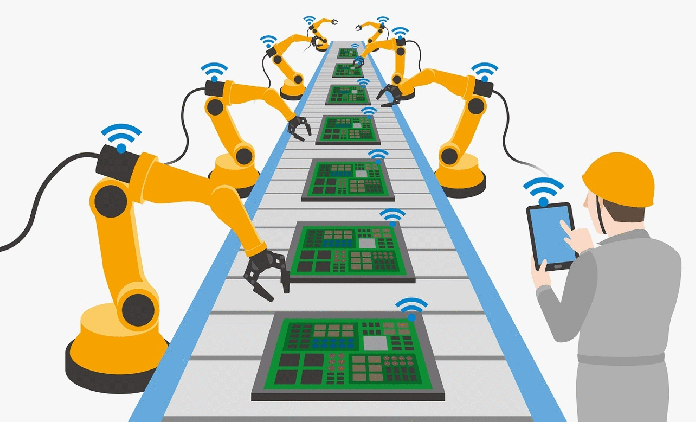
Predictive maintenance is a technique used to determine the condition of in-service equipment or machinery in order to predict when maintenance/servicing should be performed. This simply means that a machine should not be repaired too late (after it fails), nor too early (when it is still in a good condition). In other words, predictive maintenance ensures that a machine is repaired when it is really needed. The right time is when failure is near or in other words, when the fault starts affecting the machine, but it is still safe to keep the machine running until a suitable time for repair comes. To increase productivity and reduce maintenance costs, sensors can be integrated with machines to constantly monitor the production machinery. The production status and data can be recorded and transmitted in real-time to the cloud for predictive maintenance analysis, as a solution for after-sales maintenance.
2. Augmented Reality (AR) and Virtual Reality (VR)

Both augmented reality and virtual reality in Industry 4.0 bridge the gap between digital/cyber/virtual and physical world. According to IDC, the global spending in AR and VR is poised to double every year through 2021. AR and VR increase the efforts towards the digital transformation of manufacturing and its components―machining and production, factory planning, assembly, security, testing and digital prototyping. Here’s how:
- Virtual reality and augmented reality technology when integrated into factory environment and equipment via devices and sensors, can help keep track of the manufacturing processes and production. This helps optimize and enhance the machine productivity (quantity, quality, speed, and flexibility), improving the overall ROI of the enterprise.
- Augmented reality can be seen as an enhancement of real-time display with computer-generated sensory input such as video, images, and graphics, sound, or GPS data. The use of augmented reality, along with simulation models, can speed up the entire production chain—from an initial customer inquiry through to development, production, and delivery of the product with the availability of real-time data from factory and industry environment with the use of AR and VR.
- Factory staff and service people can perform better if they have key information and data in front of their eyes, with head-mounted displays, freeing both of their hands for smoother processes and working.
According to #IDC, the global spending in #AugmentedReality and #VirtualReality is poised to double every year through 2021 via @einfochipsltd
3. HMI (Human Machine Interface)
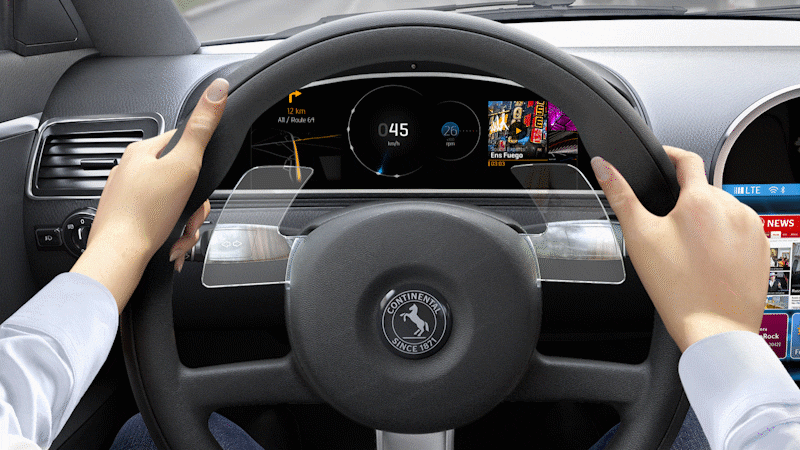 The global HMI market is estimated to be worth USD 6.31 billion by 2022, according to Grand View Research, Inc. HMI comprise of hardware and software solutions used in industrial machinery. HMI is implemented where human involvement with a machine or automated device is necessary. HMI uses sensors, connected devices, augmented reality glasses, smart watches, smart devices, wireless systems, machine learning or any other technology for data collection, data sharing and visualization of factory information through data shared on the cloud. This exchange of data further catalyzes business processes of OEMs. Both embedded and stand-alone HMIs help improve working and monitoring of factory plants as well as processes, driving a big change in the efficiency of the overall manufacturing unit.
The global HMI market is estimated to be worth USD 6.31 billion by 2022, according to Grand View Research, Inc. HMI comprise of hardware and software solutions used in industrial machinery. HMI is implemented where human involvement with a machine or automated device is necessary. HMI uses sensors, connected devices, augmented reality glasses, smart watches, smart devices, wireless systems, machine learning or any other technology for data collection, data sharing and visualization of factory information through data shared on the cloud. This exchange of data further catalyzes business processes of OEMs. Both embedded and stand-alone HMIs help improve working and monitoring of factory plants as well as processes, driving a big change in the efficiency of the overall manufacturing unit.
4. Artificial Intelligence
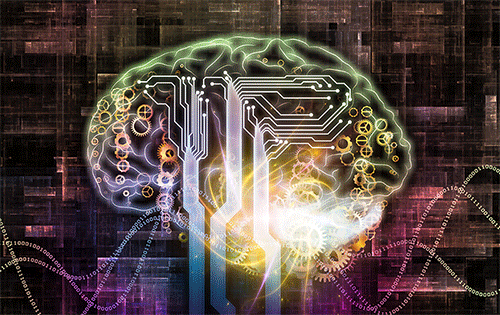 Artificial Intelligence (AI) in the fourth phase of the industrial revolution is based on cyber-physical production, which is being highly recognized by big industry players. AI is a key enabler for the next generation of smart manufacturing in Industry 4.0 since it leads to a disruption in traditional workflows, supply chains, value creation, and business models in manufacturing and works towards empowering and expanding workforce expertise. The use of AI in manufacturing paves the way to the synergistic collaboration between humans and robots in urban smart factories for mass customization. AI helps in learning predictive maintenance requirements, understanding material requirements by floor workers, enabling machine-to-machine communication and real-time production planning as well as planning training for workers. This way, AI imparts enormous resource efficiency and productivity to factory owners and OEMs.
Artificial Intelligence (AI) in the fourth phase of the industrial revolution is based on cyber-physical production, which is being highly recognized by big industry players. AI is a key enabler for the next generation of smart manufacturing in Industry 4.0 since it leads to a disruption in traditional workflows, supply chains, value creation, and business models in manufacturing and works towards empowering and expanding workforce expertise. The use of AI in manufacturing paves the way to the synergistic collaboration between humans and robots in urban smart factories for mass customization. AI helps in learning predictive maintenance requirements, understanding material requirements by floor workers, enabling machine-to-machine communication and real-time production planning as well as planning training for workers. This way, AI imparts enormous resource efficiency and productivity to factory owners and OEMs.
Considering the above description of the top Industry 4.0 trends and technologies, it is important that industries start optimizing their industrial automation processes with AR & VR, Predictive Maintenance, HMI, and Artificial Intelligence.
At eInfochips, we are helping manufacturers and OEMs overcome automation challenges by enhancing their enterprise’s production capabilities with our expertise in smart transitions, industrial automation, and connected device technologies. Looking to develop an automation solution for your industry? Contact us now

